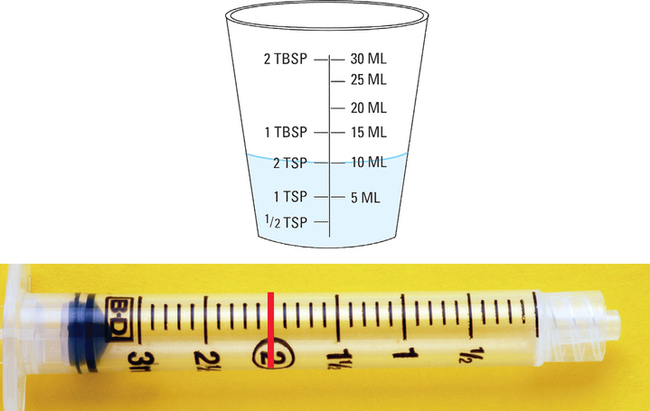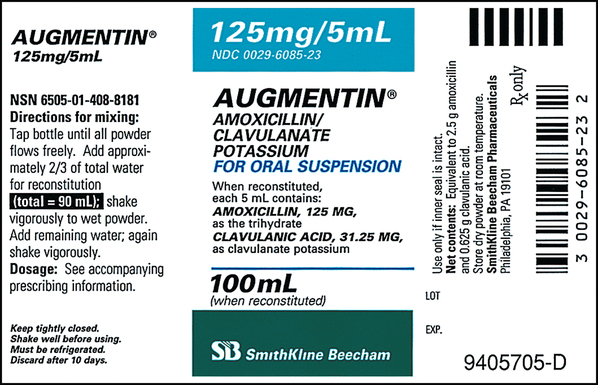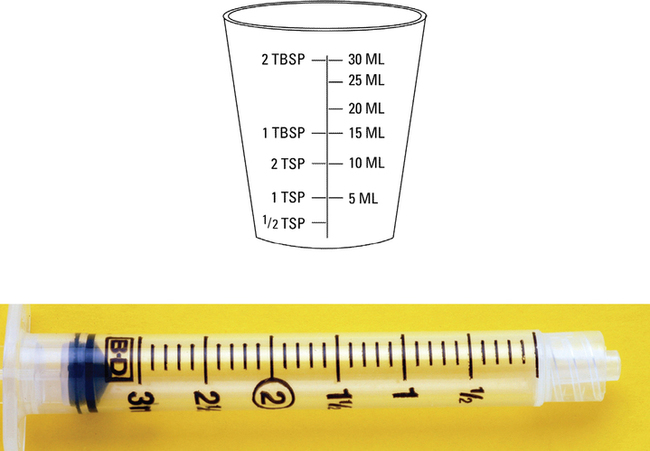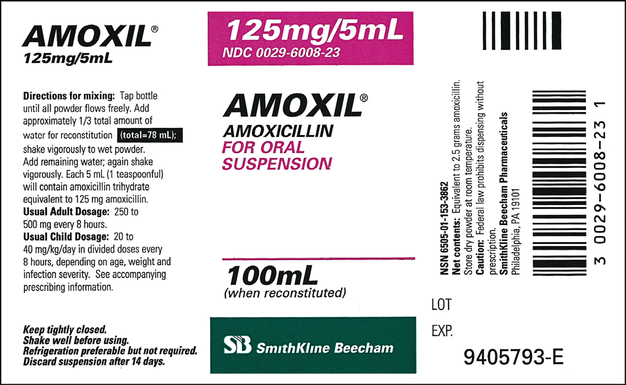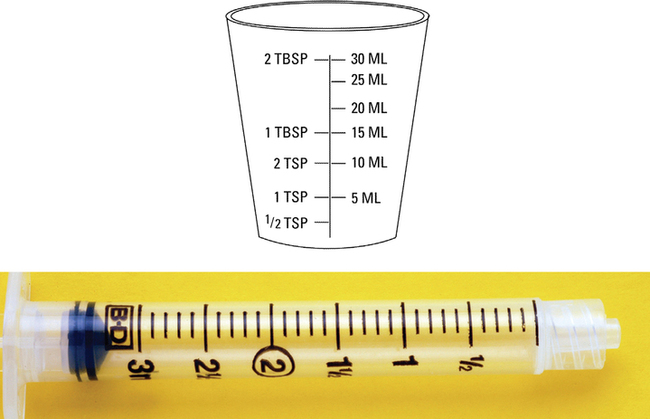• Distinguish routes of drugs for reconstitution. • Interpret directions for dilution of reconstituted medications. • Select the appropriate concentration to prepare for the ordered dose. • Calculate doses for reconstituted medications using DA equations. • Measure the appropriate dose using a medicine cup and a syringe. • Identify appropriate notation on reconstituted multidose medication labels. • Interpret directions for safe storage of reconstituted medications. The label is marked by the nurse only under the following conditions: 1. The drug label states that the medication may be used more than once after reconstitution. 2. The patient is eligible to receive another dose before the drug must be discarded.
Reconstitution of Powders and Liquids
Reconstituted Medications
Interpreting orders and reading labels for reconstituted medications
![]() Pharmacists usually reconstitute large volume oral suspensions and relabel with the quantity per dose to be given.
Pharmacists usually reconstitute large volume oral suspensions and relabel with the quantity per dose to be given.
Reading Labels
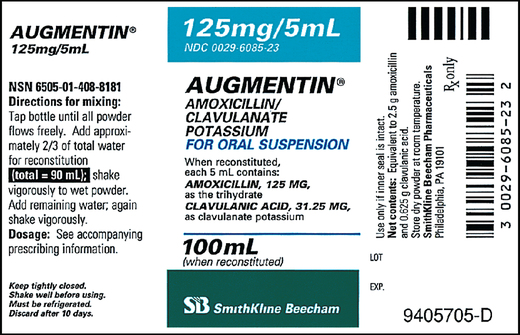
![]() The route is oral. This is important to note because there are injectable antibiotics and other drugs with similar names made specifically for intramuscular or intravenous routes.
The route is oral. This is important to note because there are injectable antibiotics and other drugs with similar names made specifically for intramuscular or intravenous routes.
![]() The type of diluent is water. Most oral suspension diluents use tap water unless otherwise specified. Pediatric patients and immunocompromised patients may need SW.
The type of diluent is water. Most oral suspension diluents use tap water unless otherwise specified. Pediatric patients and immunocompromised patients may need SW.
![]() The total amount of diluent to be added is 90 mL, added in two parts: 60 mL for the first mix and 30 mL for the second.
The total amount of diluent to be added is 90 mL, added in two parts: 60 mL for the first mix and 30 mL for the second.
![]() After reconstitution, the unit drug concentration (unit dose concentration) will be 125 mg per 5 mL water. The total amount of medication will be 100 mL, although only 90 mL of water was added. This discrepancy is due to displacement of liquid by the powder. Both ingredients occupy space. Discard after 10 days.
After reconstitution, the unit drug concentration (unit dose concentration) will be 125 mg per 5 mL water. The total amount of medication will be 100 mL, although only 90 mL of water was added. This discrepancy is due to displacement of liquid by the powder. Both ingredients occupy space. Discard after 10 days.
Marking the label for reconstituted medications
![]() The label for reconstituted medications must contain the patient’s name, the date and time of preparation, the diluent type and amount added, the concentration per milliliter after dilution, and the nurse’s initials or name, according to agency policy. Discard date and time are added according to agency policy. Refer to the Augmentin label on p. 206 and the reconstituted label below.
The label for reconstituted medications must contain the patient’s name, the date and time of preparation, the diluent type and amount added, the concentration per milliliter after dilution, and the nurse’s initials or name, according to agency policy. Discard date and time are added according to agency policy. Refer to the Augmentin label on p. 206 and the reconstituted label below.
Reconstitution of Powders and Liquids
Get Clinical Tree app for offline access


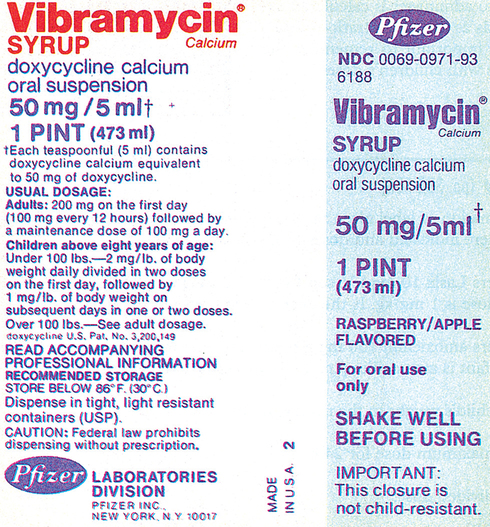
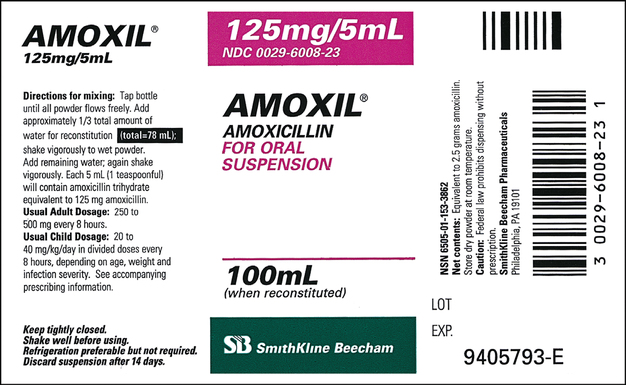
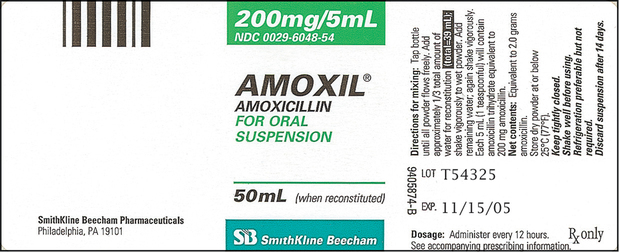
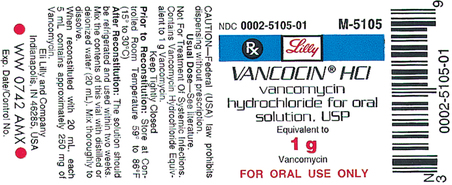
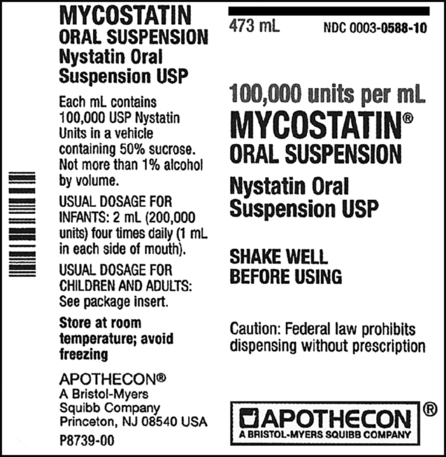

 )
) or less than the dose per 5 mL after reconstitution (circle one)
or less than the dose per 5 mL after reconstitution (circle one)
